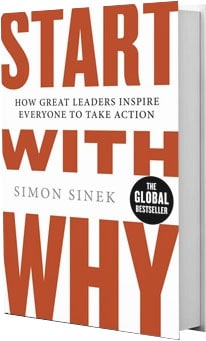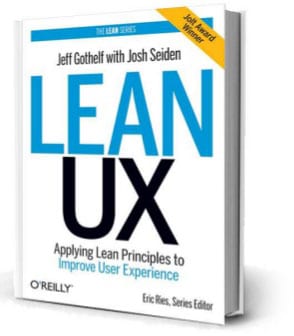Continued Education
My 5 Most Influential Books

Sprint
Sprint’s objective is simple: create a repeatable process that recognizes all possible hurdles, uses teamwork and creativity to attack those hurdles, and move forward in the most effective possible manner. The book provides various methodologies and tools one can utilize to consistently move a project from discovery to deployment.
With this in mind, Sprint has one large caveat: it’s micromanagement to the extreme. This book dictates exactly how an individual spends their entire week from one hour to the next. And while the book suggests the structure can vary to better fit your environment and situation, the main hurdle with this approach is it requires a dedicated team to focus on a specific project. If individuals of your team are committed to several projects at once, for example, this methodology falls short.
That said, I have no doubt that the exercises in this book are effective and useful. Even if one can’t adhere to the entire protocol with perfection, there are so many useful strategies that still affect my day-to-day.

Start With Why
Start With Why is an extension of Sinek’s 2009 TED talk on the examination of how great leaders inspire action. The book provides more detail of how these leaders think and presents examples of how their mindsets have affected their coworkers and businesses. This book exposes such a simple principle and has deeply affected my way of thinking.

The Lean Startup
The Lean Startup approach fosters companies that are both more capital efficient and that leverage human creativity more effectively. Inspired by lessons from lean manufacturing, it relies on “validated learning,” rapid scientific experimentation, as well as a number of counter-intuitive practices that shorten product development cycles, measure actual progress without resorting to vanity metrics, and learn what customers really want. It enables a company to shift directions with agility, altering plans inch by inch, minute by minute.

Lean UX
Inspired by Lean and Agile development theories, Lean UX lets you focus on the actual experience being designed, rather than deliverables. This book shows you how to collaborate closely with other members of your Agile product team, and gather feedback early and often. You’ll learn how to drive the design in short, iterative cycles to assess what works best for the business and the user. Lean UX shows you how to make this change—for the better.

22 Immutable Laws of Marketing
The real-life examples, commonsense suggestions and killer instincts contained in this book are nothing less than rules by which companies will flourish or fail.
On a related note, Al Ries & Jack Trout released a second book, The 22 Immutable Laws of Branding. While the read was still interesting, it is notably dissapointing when compared to the original. Ironically, releasing the second book breaks law #12 of the original book, the law of line extension. To quote the authors, “violate them at your own risk”.
Honorable Mentions
The Lean Product Playbook, Dan Olsen
Hooked – How to Build Habit-Forming Products, Nir Eyal
Inspired, Marty Cagan (specifically the second edition
Radical Candor, Kim Scott
